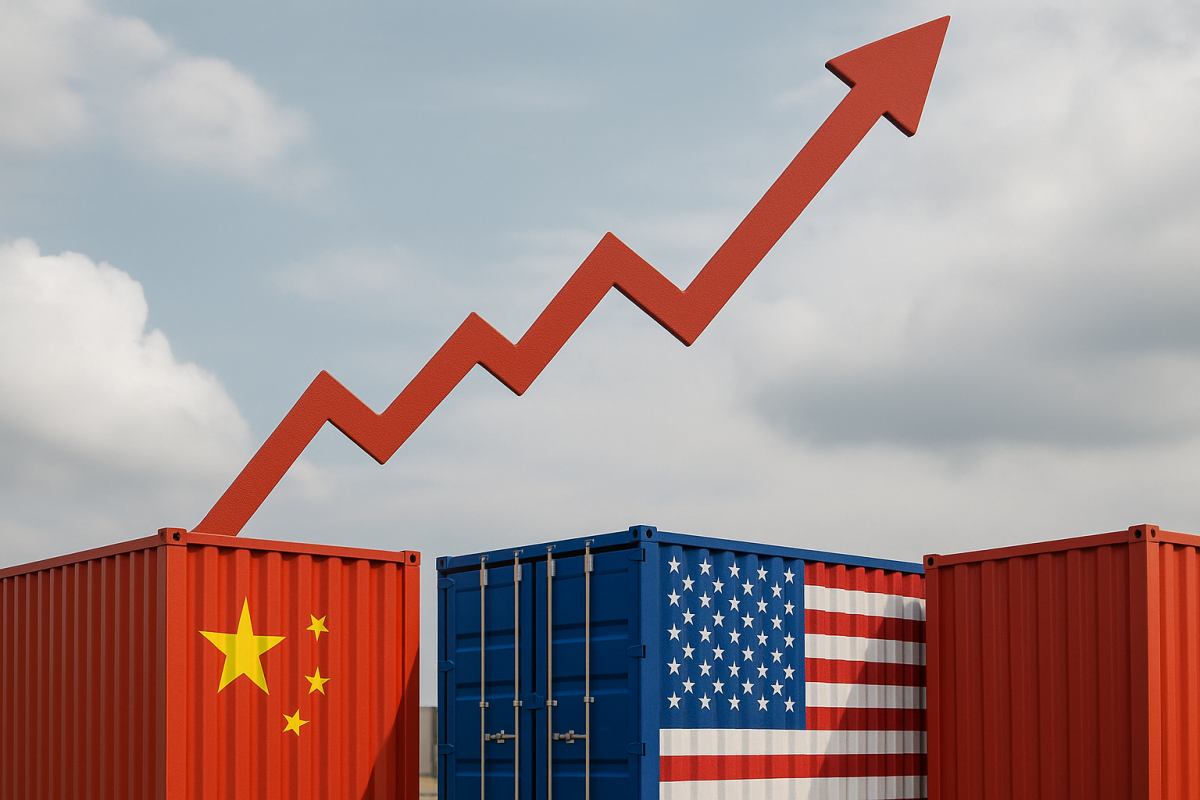Veterinary practices across the United States are facing intensifying financial challenges due to new tariffs, rising inflation, and labor shortages. Clinics already battling staffing gaps and reduced patient visits now must contend with higher supply costs and broad market uncertainty.
Fed Warns: Inflation & Unemployment on the Rise
At their May 6–7 meeting, Federal Reserve officials forecast significantly higher inflation this year and a weakening job market, with the unemployment rate expected to exceed full employment levels and remain elevated for up to two years
Tariffs Surge: Average Rates Jump to 27%
Following an April 2 national trade emergency declaration by President Trump, tariffs on most imports, including many veterinary-related goods, rose by 10%, boosting average U.S. tariff rates from around 2.5% to approximately 27% (the highest level since 1903).
While finished veterinary drugs largely remain exempt, key components, including active pharmaceutical ingredients (APIs), surgical gloves, imaging equipment, reagents, and animal-derived raw materials are subject to the higher tariffs.
Legal Uncertainty: Courts Challenge Tariffs, But Pause Enforcement
Two separate rulings on May 28 struck down portions of the tariff policy. A D.C. federal court stayed its order for 14 days, and the U.S. Court of International Trade and appellate courts allowed the tariffs to remain in effect during government appeals.
Trade Negotiations With China Continue
In early June, an interim framework between the U.S. and China proposed a flat 55% tariff on Chinese imports and a 10% reciprocal tariff on U.S. goods. This framework remains pending final government approval.
Supplies Currently Buffering, But Costs Set to Rise
AVMA Chief Economist Katelyn McCullock observed that current stockpiles and supplier “frontloading” have delayed cost spikes. However, once those inventories deplete, price increases are expected to ripple through the veterinary supply chain.
Clinic-Level Impact Varies Widely
According to Dr. Duffy Jones of DVMsuccess, tariffs hit differently across practices depending on location, client demographics, and service mix. Rural clinics and those serving budget-sensitive clients may feel disproportionate strain.
How Veterinary Practices Can Respond
1. Inventory Strategy
-
Review tariff lists and identify vulnerable items.
-
Discuss alternate suppliers or domestically sourced options with distributors.
-
Strategically pre-buy essential products, while avoiding capital lock-in or waste.
2. Management Efficiencies
-
Explore alternatives to single-use disposables if pricing spikes.
-
Implement operational contingency plans to reduce reactive decisions.
3. Reassess Pricing Models
-
Perform a margin analysis to understand which services may be impacted most.
-
Avoid blanket price hikes, clients are also facing inflation-driven pressures.
Communication: Transparency Is Key
Veterinary leaders emphasize that clear, compassionate messaging is critical.
-
Veterinary Management Group’s Matthew Salois recommends margin reviews and strategic fee changes, but stresses explaining these decisions to clients.
-
Dr. Peter Weinstein advises clinics to “not over-communicate,” showing empathy and support as clients grapple with economic stress.
Looking Ahead: Ongoing Uncertainty
Experts warn it’s too early to quantify long-term impacts. Historically, tariffs have served as negotiation tools, and their ultimate success depends on future policy and trade outcomes. For now, proactive planning and communication remain the strongest tools to navigate this unstable environment.
Sources:



